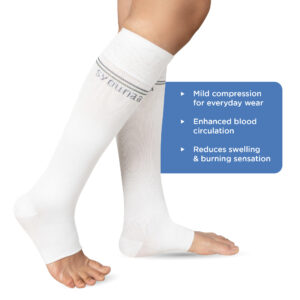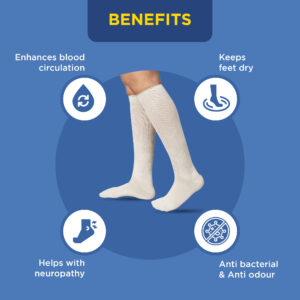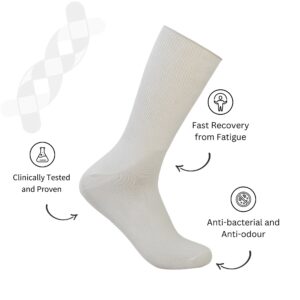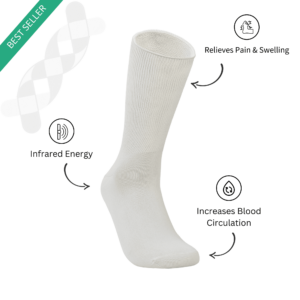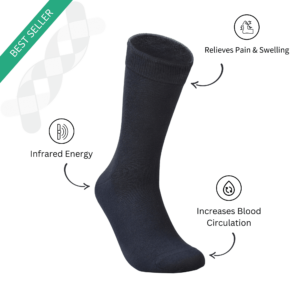Every year, there is an increase in type 1 by 1.8% and type 2 diabetes by 4.8%. This means that more people are being affected by diabetes every year and diabetes in children is not unheard of.
Earlier, it was believed that children only get Type 1 diabetes, but recently there is an increase in type 2 diabetes among minors as well. Though type one and type two diabetes occur because of different reasons, they usually show similar symptoms. Usually, young children are not able to self-diagnose themselves we must keep a close eye on their habits and visit the child specialist if we see the below symptoms occurring often in our child.
Diabetes is most dangerous when it occurs among children because firstly, they cannot often understand when their bodies are suddenly responding differently to the same things. Secondly, their organs are sensitive and are liable to damage from sugar accumulation. If you are a parent, or a primary teacher, you must know these symptoms memorised so that you can help any child in question.
Occurrences
Though this is not a symptom, it is good to know who are most likely to get diabetes. Type one diabetes can happen to anyone, however, type two diabetes is seen most common in girls than boys. It is also more likely to occur among kids who are overweight or obese. Hereditary factors can also cause diabetes at a very young age.
Increased Thirst and Hunger
Children with diabetes are more likely to feel hungry and thirsty even after having a full meal. As a teacher, you may notice children reaching for their water bottle more frequently. This happens because, the excess sugar in the child’s blood stream absorbs moisture from their system, hence they feel thirsty.
As for hunger, it occurs from a slightly different reason. Since the sugar is not digested properly by insulin, it does not reach the organs. Hence the organs feel weaker and it sends signals to the brain to send hunger pangs. This is why the child may ask to have another meal even when their body does not require more food.
Excessive Urination
The child tends to urinate more than normal because of the water retention caused by the excess sugars. As the sugar soaks up all the water in their body, they feel thirsty. With the sudden increase in water intake, there is also an increase in urination. In school, you might notice the child taking frequent bathroom breaks. If a very young child is in question, you may notice them wetting the bed again, even after being fully trained to use the bathroom.
Fruity Breath
Since the blood sugar quickly reaches the blood stream without being digested by insulin, the body concentrates on burning fats instead of sugars. This leads to a fruity breath.
Rashes and Infections
Sugar accumulation tends to attract infections. This is why you may notice cuts and wounds taking longer to heal. Children may start getting yeast infection around their genitals. It may also show in the form of frequent rashes among very young children. Just like adults, little children may get frequent foot sores and infections around their feet too.
Blood sugar can affect different parts of the child’s body and they may experience health problems based on the part of body it has affected. For instance, if diabetes has affected the child’s optic nerve, they may have blurred vision and problems seeing. If diabetes affects their peripheral artery, they may get peripheral arterial disease. Since children have trouble vocalising their problems it makes diagnosis much more difficult than it does in adults.
Once they have been diagnosed with diabetes, it also becomes difficult to explain their condition to them, especially if they are really young. Nevertheless, it is important to have this conversation with little children. It will help them understand their bodies better so that they can make better decisions for themselves when they go to school picnics, birthday parties etc.
How to Tell Children About Their Diabetes
If your child has been diagnosed with diabetes, it is important to give them age appropriate education on what diabetes is. Little children may struggle to understand why they can’t have the same snacks as their friends which is why they may try to break the rules. It’s important that the children are made to understand that it is not their fault that they have diabetes and if they make the right decisions, they will have a good life. Instead for calling them ‘bad’ for eating sugar, tell them why they can’t eat sugar. Though children will not understand diabetes completely, they should know that their bodies are different from others which is why they can’t eat the same things their friends can. Kids are far more likely to listen if they know why they can’t eat sugar and chocolates. Also, if they learn how to manage their sugar at a young age, they are likely to live an active lifestyle and make healthy responsible decisions for their body. You can go through diabetes videos with your child so that it becomes an interesting learning experience rather than a punishment.
It is also important to teach diabetics the importance of exercise because exercise helps both insulin dependant and non-insulin diabetics. So, in short, when it comes to diabetes in children, we can’t just tell them what they should or shouldn’t do with diabetes, rather, we should tell them why they should and shouldn’t do certain things. We hope this article helped you understand diabetes among kids a lot better.














